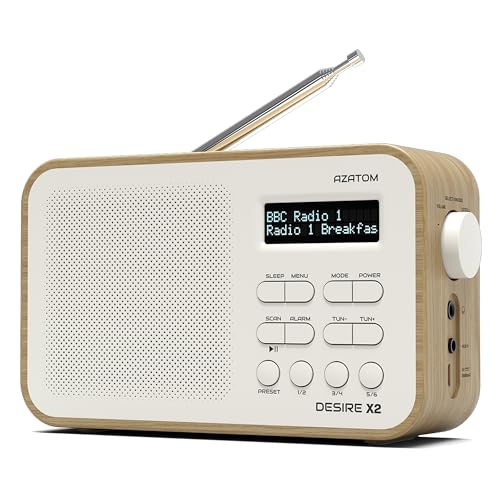Understanding the Basics of AM and FM Radio
Radio broadcasting has been an integral part of our daily lives for over a century now. It has been a primary source of entertainment, news, and information. The two types of radio – AM and FM – have been around for quite some time. But do you know their differences? In this article, we will explore how they function and what sets them apart from each other.
Introduction to AM and FM Radio
AM stands for Amplitude Modulation, which means that the strength of the radio wave or carrier signal that carries the audio signal is modulated. As a result, the amplitude or height of the waves changes in frequency.
FM, on the other hand, stands for Frequency Modulation, which means that the frequency of the carrier signal changes in response to the audio signal. The amplitude remains constant.
Range and Coverage
One major difference between AM and FM radio is their range and coverage. AM radio waves travel farther and penetrate buildings and other obstacles better than FM waves. Hence, AM signals can be picked up in rural areas and can cover long distances. FM radio signals, on the other hand, are limited to a maximum range of about 40 miles. They are better suited for urban and suburban areas with high population density and fewer obstructions that may interfere with the signal.
Sound Quality
The two kinds of radio differ in sound quality as well. AM radio broadcasts are susceptible to noise, static, and interference. The sound quality is relatively low, and it can be unpleasant for human listening. FM radio, on the other hand, provides higher sound quality with less noise and interference. The audio is clearer, and the tone is more natural since the frequency of the carrier signal remains constant.
Programming
The programming of AM and FM radio stations is another difference. AM stations primarily focus on news, talk shows, and sports broadcasts. They also feature older music tracks. FM stations, on the other hand, are geared towards music lovers. They play contemporary music, classic rock, jazz, and other genres. FM stations have the advantage of stereo broadcasting as well.
AM and FM radio are both essential mediums for disseminating information and entertainment to the masses. They differ in range, sound quality, programming, and many other aspects. It is essential to note that the choice between AM and FM depends on one’s needs and preferences. Regardless of the type of radio, it has become a part of our everyday life and will continue to serve us for years to come.






